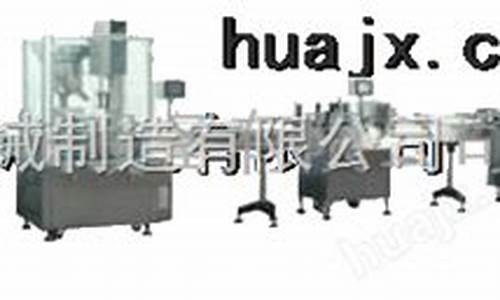Kiwi juice filling machines are essential equipment for the efficient and hygienic bottling of kiwi juice. These machines ensure that juice is bottled with precision, maintaining freshness and quality. However, when using or considering the purchase of a kiwi juice filling machine, several common questions arise. This article addresses these frequently asked questions to help you make an informed decision.
What Are the Key Features of a Kiwi Juice Filling Machine?
Kiwi juice filling machines come with a range of features designed to improve efficiency and product quality. These features include adjustable filling volumes, automated filling processes, and high-speed operation capabilities. The machines are equipped with advanced sensors to ensure accurate filling and minimize spillage. Additionally, many models include a cleaning system to maintain hygiene standards and prevent contamination. Modern kiwi juice filling machines are also designed to be user-friendly, with easy-to-navigate control panels and minimal maintenance requirements.

How Do I Choose the Right Kiwi Juice Filling Machine for My Needs?
Selecting the appropriate kiwi juice filling machine depends on several factors including production volume, bottle size, and the type of filling required. For high-volume production, a machine with a higher filling speed and larger capacity will be necessary. It is also important to consider the type of bottle you are using—whether it's glass, plastic, or another material—as different machines are designed to handle specific bottle types. Additionally, ensure that the machine you choose is compatible with your existing production line and meets industry standards for hygiene and quality control.
What Maintenance is Required for Kiwi Juice Filling Machines?
Regular maintenance is crucial for ensuring the longevity and efficiency of your kiwi juice filling machine. This includes routine cleaning, inspection of parts, and calibration of the filling system. Cleaning protocols should follow the manufacturer's recommendations to avoid contamination and ensure that the machine remains in optimal working condition. It is also important to check for any wear and tear on components and replace parts as needed to prevent downtime and ensure continuous production. Keeping a maintenance log can help track service intervals and address potential issues before they impact production.
Conclusion
In summary, understanding the key features, selecting the right machine, and performing regular maintenance are essential for the successful operation of kiwi juice filling machines. By addressing these common questions, you can ensure that your equipment meets production needs, maintains high quality, and operates efficiently. Investing in a well-suited kiwi juice filling machine and adhering to proper maintenance practices will help you achieve optimal results and maintain a competitive edge in the market.






























